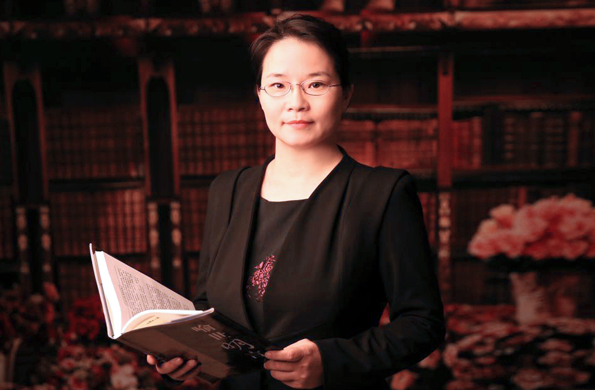Promoting positive cycle between finance and real economy
 The mismatch between finance and the real economy is at the root of China’s relatively high financial risk in recent years, which has been made more complicated by the interactions between financial issues and economic downward pressure. Therefore, for addressing current predicaments, it is crucial to promote a positive cycle between finance and the real economy in China.
The mismatch between finance and the real economy is at the root of China’s relatively high financial risk in recent years, which has been made more complicated by the interactions between financial issues and economic downward pressure. Therefore, for addressing current predicaments, it is crucial to promote a positive cycle between finance and the real economy in China. The mismatch between finance and the real economy is a phenomenon that can be found at the international level, the domestic economic level, and the level of industries and enterprises. Internationally this mismatch is manifested in a discrepancy between China’s economic volume and its financial market scale along with the discrepancy between its international financial influence and its ability to innovate with financial products.
At the domestic macroeconomic level, there is a mismatch between China’s financial structure and the need for a transition in its real economy. The development of China’s innovative real economy requires equity-type financial products. However, China’s financial structure, centered on its banking system, hinders the financing of innovation. At the industrial level, financial resources are excessively concentrated in real estate. At the enterprise level, financial resources are concentrated in state-owned enterprises and large-scale companies. Medium and small enterprises, which have strong abilities to create jobs and innovate, however, find it difficult to get financing.
Rectifying the mismatch between finance and the real economy is a fundamental and effective method for addressing the economic predicament in today’s China. China should push forward reforms in the following domains to rectify this situation. At the international level, China should push forward all-around financial opening up. RMB crude oil futures trading will not only help reduce China’s dependence on petrodollars but also promote the internationalization of China’s currency. By making full use of China’s position as the largest consumer market, China may launch an RMB-denominated commodity futures market and innovative futures products. This will help reduce the fluctuation of commodity prices and the impact of USD index long term cycles on China’s economy.
China should improve its Cross-Border Interbank Payment System and strengthen the Chinese financial infrastructure across the world. Financial institutions should be encouraged to go abroad and speed up their development of innovative international financial products, forming a financial support system for the Belt and Road initiative. In addition, international financial institutions should be introduced into China to increase the efficiency of Chinese financial institutions through the “catfish effect” and to enhance the international influence of the Chinese financial market. The ultimate goal is to lower the dependence of the Chinese financial and economic system on the USD-dominated international financial system.
The financial mismatch at the domestic level should be rectified through market reform. The first step is to rectify the mismatch between the real economy and the Chinese financial structure by establishing a multi-tiered capital market. Along with promoting the development of the science and technology innovation board, we should make full use of provincial equity exchange centers. The equity incentive mechanism should be encouraged to form an innovation-driven development mode in China. Second, China should rectify the mismatch at the industrial level through the development of innovative financial products with adaptable properties. Financial institutions in China should promote the transformation of technology to property rights and capital rights, and they should channel financial resources into high-end manufacturing industries instead of real estate or infrastructure construction. Third, we should rectify the mismatch at the enterprise level through innovating with operation models in the financial market. The financial environment and information transparency of medium and small enterprises should be improved by establishing a proper regulation system for them and improving the credit information system. New financial products should be developed to support the diversification of medium and small enterprise bonds and equity forms.
Wang Qian is a professor from the School of Economics at Jilin University.
edited by REN GUANHONG
